7 things you need to know before you buy a Pentax 17 camera
The launch of a new film camera is exciting... but there are some thing about the Pentax 17 you might not have realized
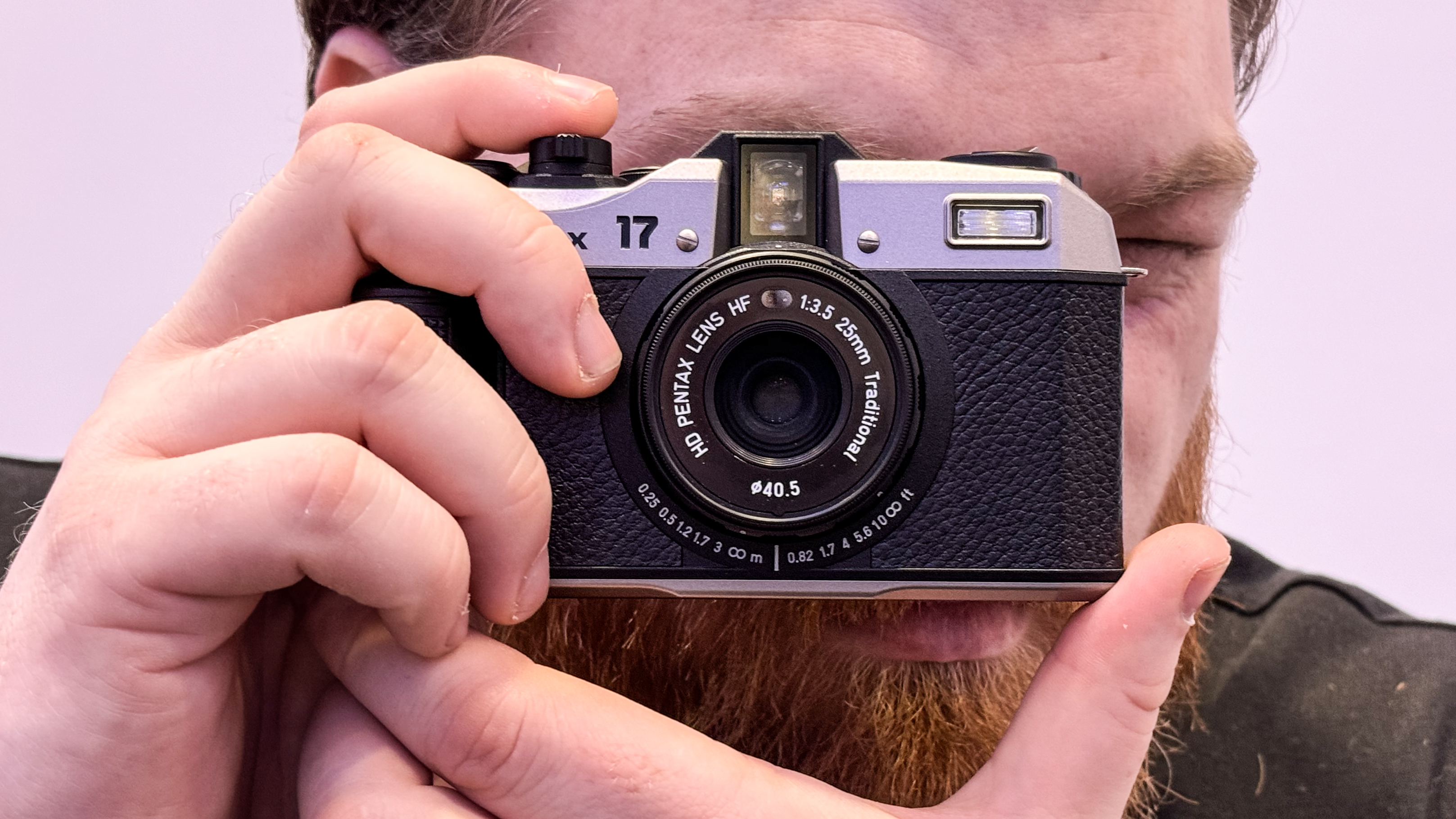
Hot on the heels of the launch of the Fujifilm X100 VI, the Pentax 17 is making this the year for hip, retro cameras. But what makes the new Pentax special, is that it shoots film. Despite the odds, analog photography has quietly grown in popularity in recent years – but few of the major camera manufacturers have bothered to pay this trend any attention.
Sure Leica will sell you a luxury film rangefinder, and Kodak will sell you a basic Ektar H35N as a step-up from a disposable camera. Only Pentax has stepped up to dust off the old design blueprints to produce a new film camera for a new generation non-digital photographers.
But what do you get for your investment of $500 / £500? And beyond the design (with subtle references to historical Pentax models), are you actually getting what you think you are getting?
The reality is the Pentax 17 is not quite the point-and-shoot pocket camera that you might expect - and nor does it offer the creative control that you might hope for. Let me explain…
1: Zone focusing
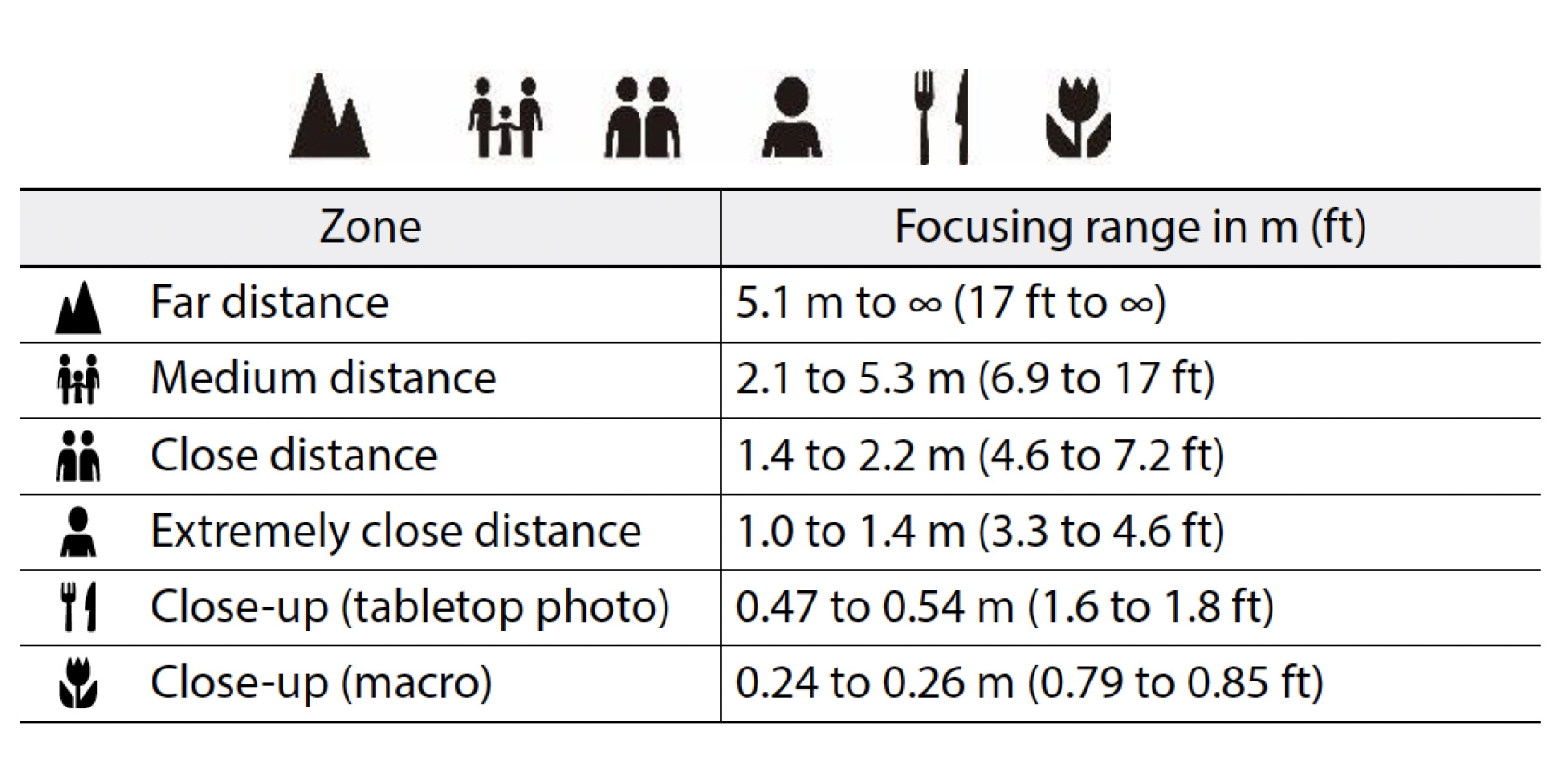
The Pentax 17 camera makes you work for your photos at some points - but not others. Unlike most cameras at this price, there is no autofocus - so you need to do the job of making sure the shot is sharp. On more basic cameras (such as a one-use disposable camera) the focus is fixed - so there is no need for you to do anything. On the Pentax 17, there are six different focus distances you can set the lens using the different icons.
This zone-focusing system demands that you guess the distance of your subject (there are scales in feet and meters) - or trust the vagueness of the icons (is it a shot of one or two people, you ask?). But there is a risk you guess the distance wrong - or simply forget to set it at all (although at least you can see the icon selected in the viewfinder).
If you are worried, you can always switch to the full AUTO mode, which turns off the zone focusing. The camera will then endeavor to keep everything sharp from 1m to the horizon.
Get the Digital Camera World Newsletter
The best camera deals, reviews, product advice, and unmissable photography news, direct to your inbox!
2. No manual exposure. No aperture priority.
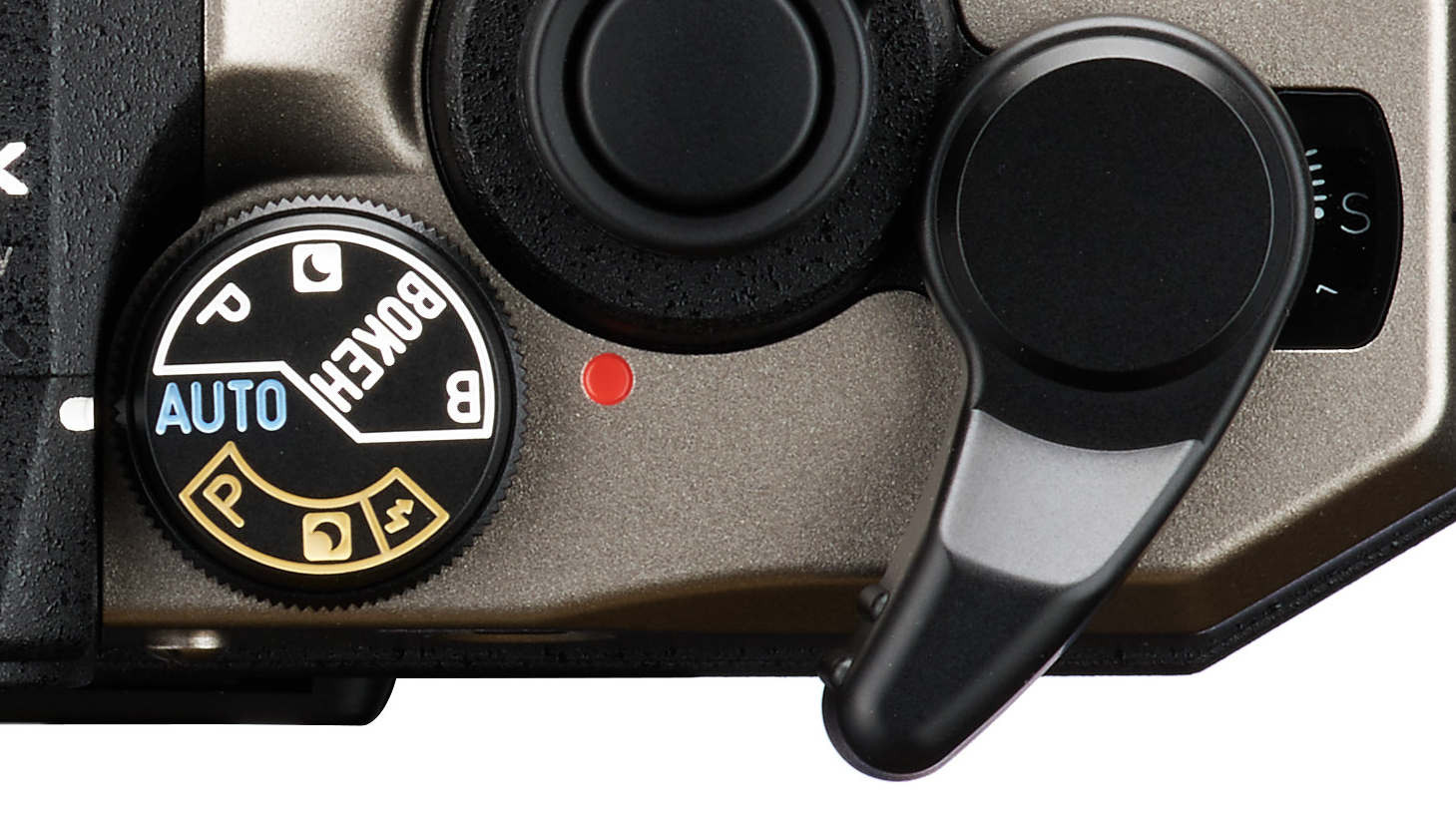
The Pentax 17 has an impressive looking mode dial, and you might be excused for thinking that this is going to give you some control over the exposure settings. But no - this is an AE only camera, with a choice of several different program exposure modes - that set both the aperture and shutter speed for you. The Bokeh mode (confusingly referred to as "maximum aperture priority program AE) keeps the lens at the maximum aperture of f/3.5, for instance (but you won't know what shutter speed has been selected). The available aperture range is f/3.5 - f/16, and the shutter speeds it can set vary from 4 seconds up to 1/350sec (with a separate .
You can at least override the automatic metered exposure - as there is an exposure compensation dial - offering up to +2 to -2 over/under exposure (in 1/3 stop steps). And, of course, you can also compensate exposure using the ISO dial.
3. Manual film advance. Manual film rewind.
Above: a helpful YouTube video explains the whole rewind procedure well for the uninitiated
Pentax is really proud of its film advance lever - the sound and the mechanism encapusulates everything that is great from the golden era of film photography. And that's pretty straightforward to use (but there is risk that you have not wound on when you urgently want to take a shot).
But without any motorized film transport, you also need to rewind the film manually when it is finished. As someone who grew up with basic film SLRs, this is not a problem. However, there are generations of people who will find this a right faff.
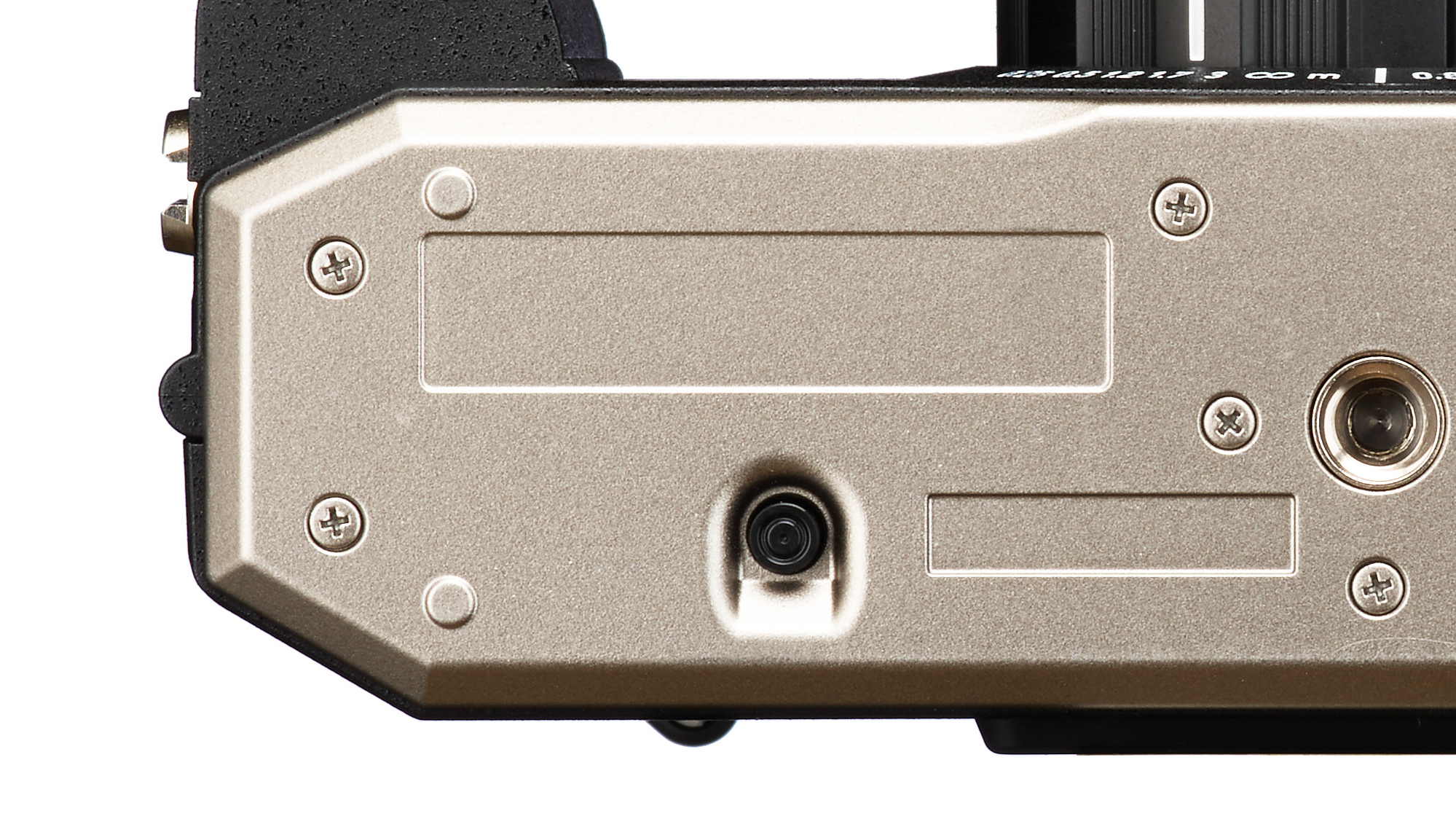
You have to disengage the clutch using the button on the bottom. Unfold the crank handle on the top, and then keep turning until you feel or hear that the film is safely secured back in its lightproof canister. Open the back too early, and you will fog your film, ruining your photos. No wonder that one of Ricoh's first YouTube videos shows you how to do this. It also made a similar video on the tricky-until-you-know process of loading the film in the first place.
4. Non-rechargable batteries
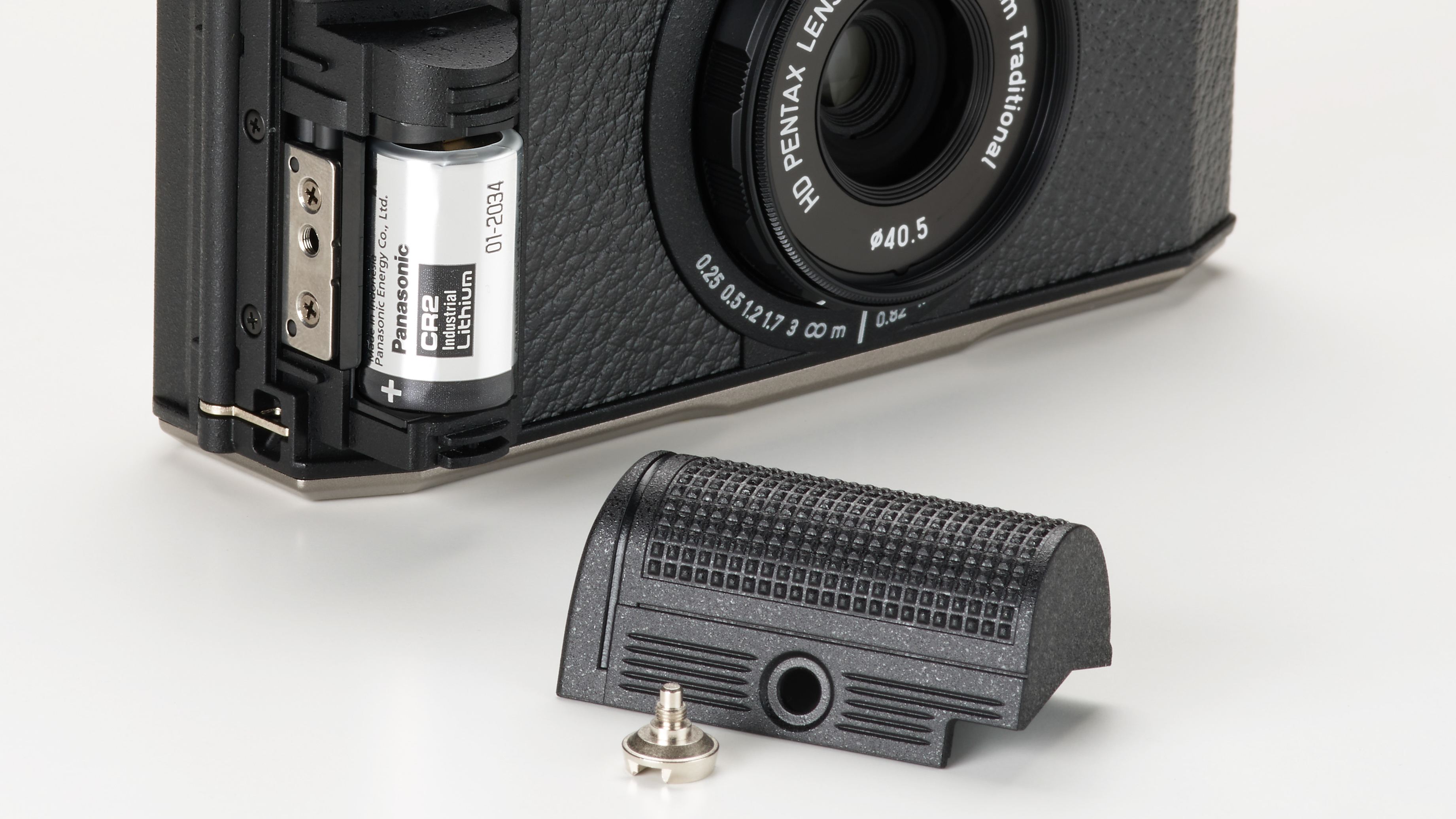
No one would buy a film camera for its eco credentials, but the battery used by the Pentax 17 is not rechargeable. And furthermore is a the CR2 type of 3 lithium pack that is not found on sale in every mini mart. Rechargeable CR2 batteries do exist, but Pentax expressly warns you not to use them. And sadly, despite the manual film advance/rewind mechanism you can't take photos without the battery (as you could with some vintage film cameras of this type).
5. Film and processing

Those who are used to using phones or digital cameras might not appreciate the need to keep buying rolls of 35mm film, and paying for each to be processed/printed. And those who do, may not realize how expensive film and lab costs actually are nowadays. But obviously this is the case with any film camera...
But you should also realise that although you get twice the number of shot per roll with half-frame – you will undoubtedly pay more per roll for printing. And some labs (often the most affordable ones) simply don't handle half frame. If you have a home scanner, you are also unlikely to have a mask that allows for the 17x24mm size of each frame.
6. Fixed prime
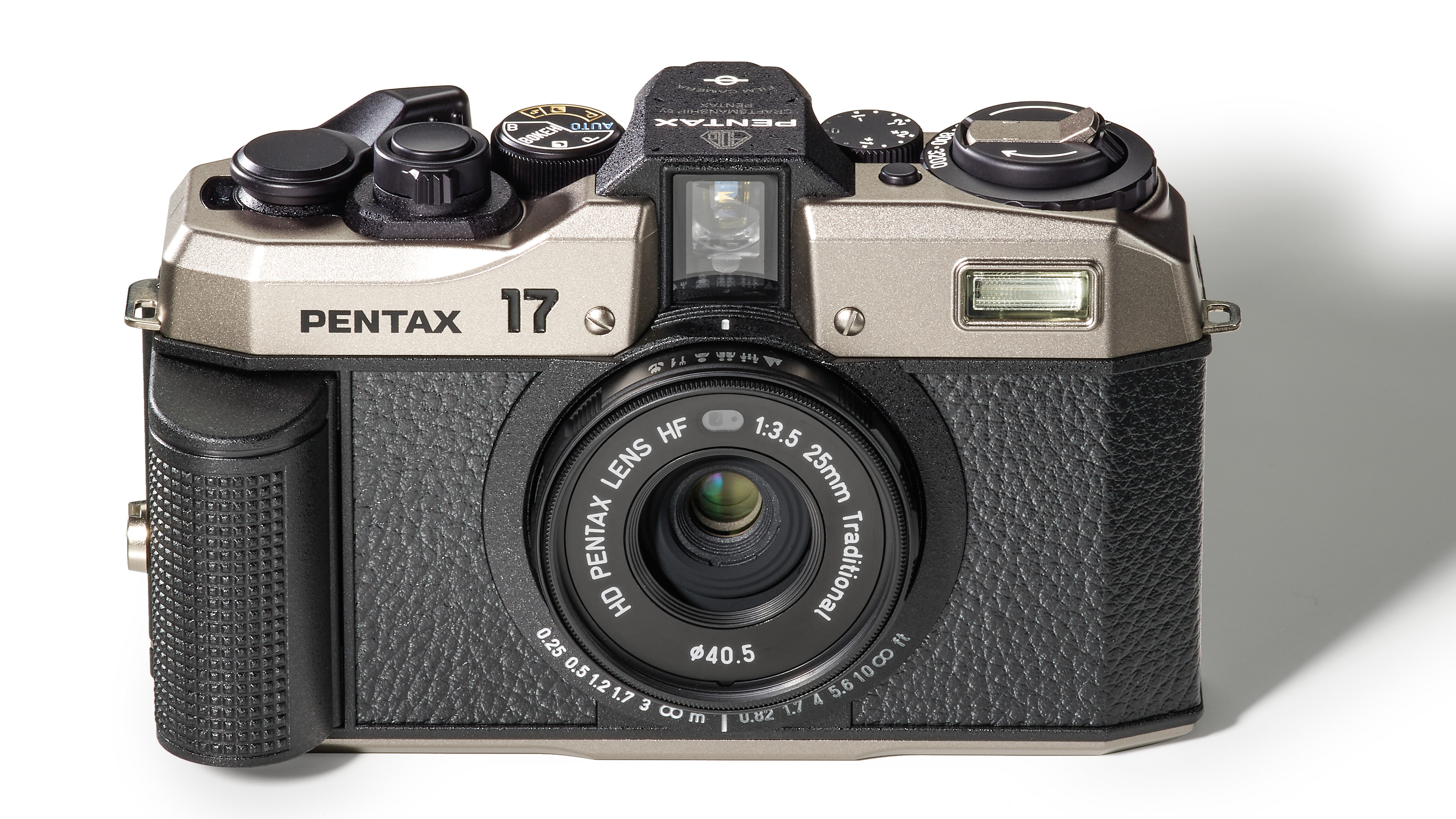
There is no zoom on the Pentax 17 - and you can't change the lens. This leaves you with the fixed wide-angle 25mm lens, that gives you an effective focal length of a 37mm would be on a full-frame camera.
There are no wide-angle or tele-converters to screw into the front of the lens either (via the 40.5mm filter thread) - although there is always the possibility someone may offer these at some point in the future.
7. Partial metering
With no digital sensor to measure the light level with, the exposure meter on this camera is a small window over the lens, that takes a light reading from the center of the frame. Pentax is calling this Partial Metering. But there is no exposure lock, and you can't force it to take a reading from the corner of the frame - so you will need to read the contrast and brightness of the scene, and work out the necessary exposure compensation yourself.
Chris George has worked on Digital Camera World since its launch in 2017. He has been writing about photography, mobile phones, video making and technology for over 30 years – and has edited numerous magazines including PhotoPlus, N-Photo, Digital Camera, Video Camera, and Professional Photography.
His first serious camera was the iconic Olympus OM10, with which he won the title of Young Photographer of the Year - long before the advent of autofocus and memory cards. Today he uses a Nikon D800, a Fujifilm X-T1, a Sony A7, and his iPhone 15 Pro Max.
He has written about technology for countless publications and websites including The Sunday Times Magazine, The Daily Telegraph, Dorling Kindersley, What Cellphone, T3 and Techradar.


